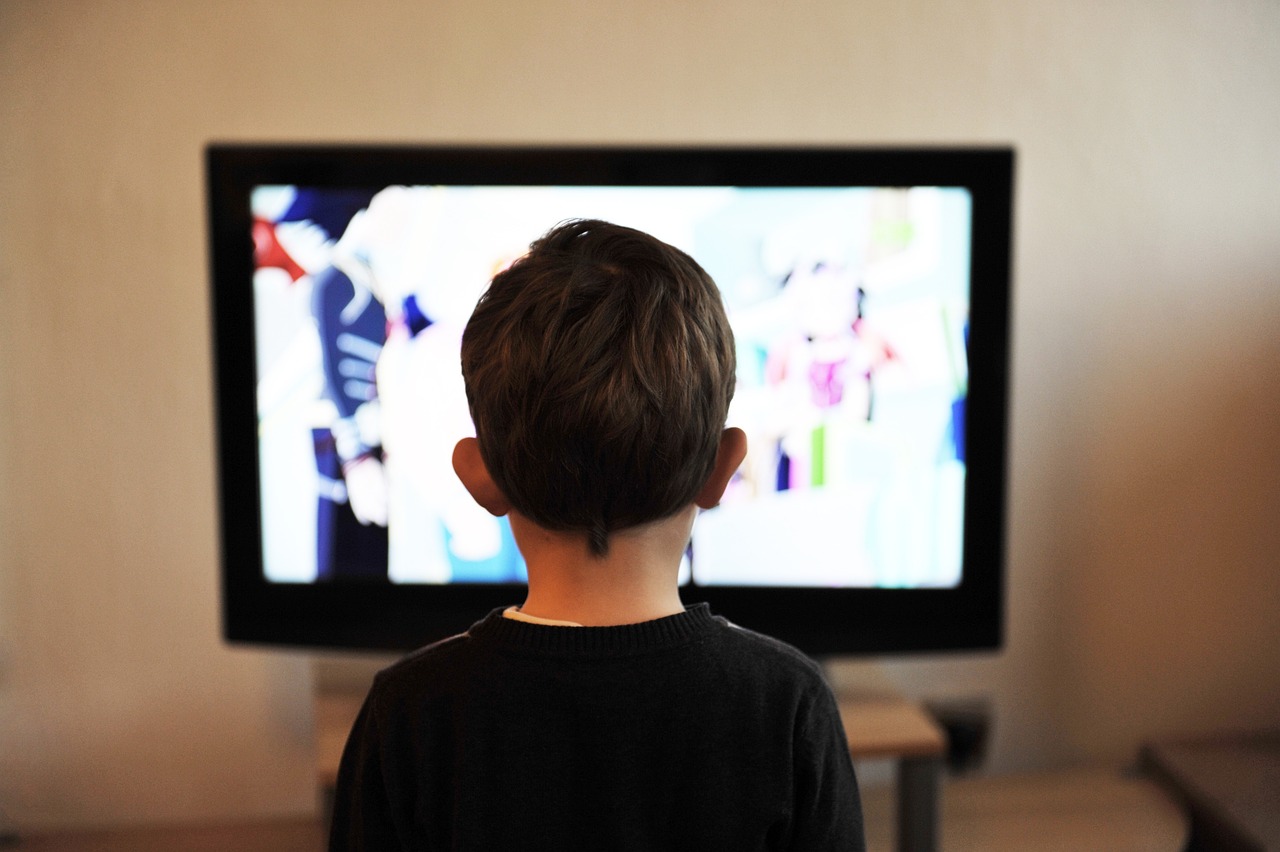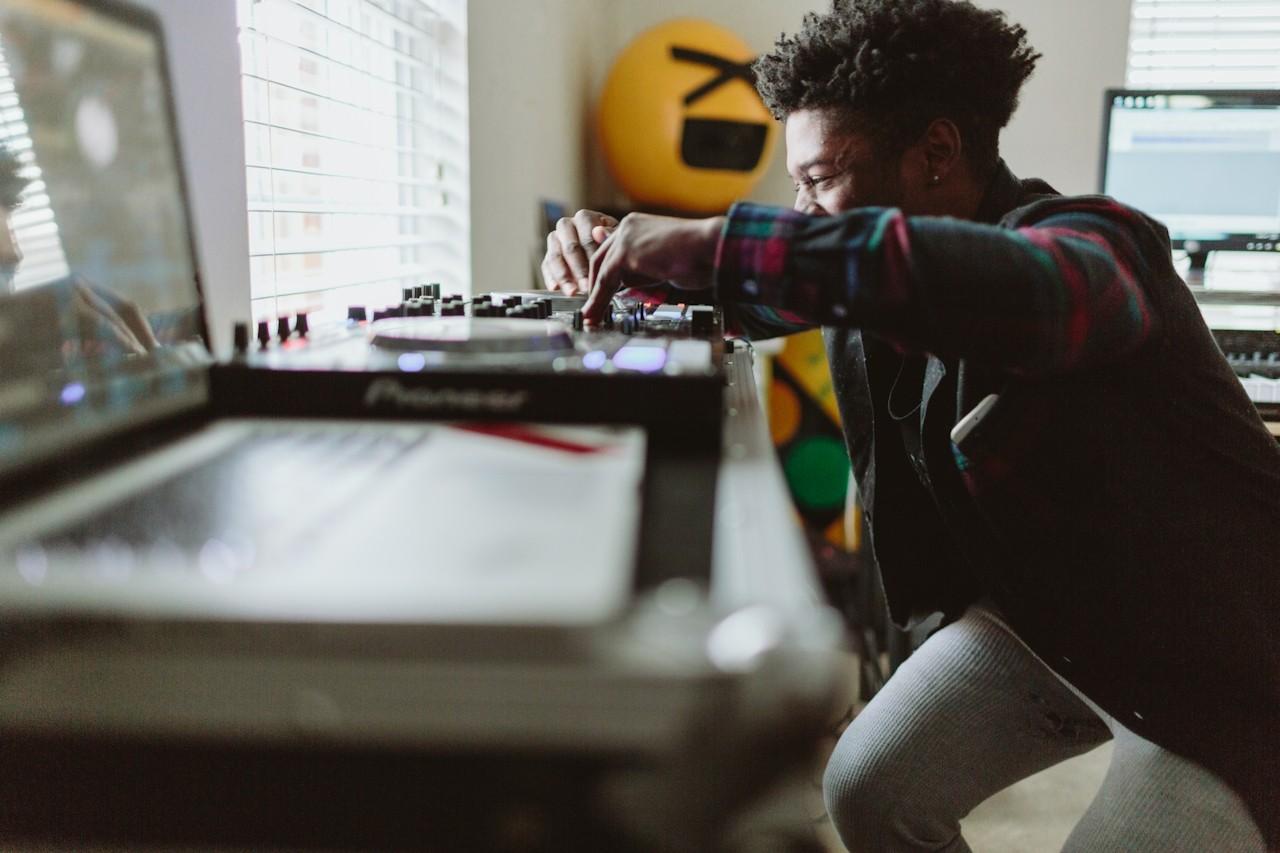Having a nice voice is great and all, but the majority of the time, professional voice overs don’t make it where they are simply due to that alone. One thing that voice overs (especially beginners) struggle with is perfecting their tone of voice.
This post will take you through the importance of tone of voice for voice artists, and the key things to look out for when starting your career as a voice over.
Why is tone of voice important?
Tone of voice will either make or break your voice over recording.
Otherwise referred to as the way a voice actor speaks, tone of voice is everything from the literal pitch of the voice, to the emotion conveyed by the voice over.
These elements, though it may seem obvious, are so important for people to pick up, especially when you literally can’t see the speaker.
Tone of voice is essentially the “filter” your voice goes through, and is incredibly important for determining how your words are interpreted by the audience. And whether your campaign will be effective or not.
The key thing to remember with tone of voice is that it represents the emotion put forward by the speaker, so it’s essential that tone of voice matches the intention of the given script.
Know your archetypes
Before diving into the elements of what makes up voice over tone, it’s important to first establish your voice archetype.
Also for clients, understanding voice archetypes helps make life easier for your chosen voice overs, and can keep you ahead as opposed to minimising productivity.
Here are some examples of voice over archetypes:
- Announcer (Energetic, storytelling, and the right amount of salesy – Commonly used in consumer ads, movie and game trailers)
- Authority figure (No nonsense, confident voice – Commonly used in legal disclaimers, government announcements and corporate videos or presentations)
- Character voice (Typically exaggerated, energetic and animated – Commonly used in adverts, animated productions such as cartoons)
- Conversational (Friendly, warm and relatable – Common for ads, voicemail messages and explainer videos)
- Dramatic (Expressive and emotional – Perfect for dramatic readings and audiobooks)
- Impersonator (Energetic and exaggerated, sounds like a celebrity or public figure – Great for impressions overall, for parodies, comedy skits, etc)
- Mature & wise (Think: Morgan Freeman or David Attenborough – Perfect for documentary narration)
- Narrator (Clear, concise and authoritative – Great for non fiction audiobooks, e-learnings and online videos)
- Soothing or calming (Calming, gentle and soft – Perfect for meditation and relaxation recordings)
Now that you have a rough idea of what voice archetypes there are out there, let’s go through some of the key things to take into consideration when it comes to tone of voice.
Embody your personality
The sooner we realise a voice isn’t just a projected vibration of air, the better.
The tone of voice you wish to portray can say a lot about the meaning of what you’re saying. Say you’re congratulating someone on their pregnancy, but you’re speaking in a blunt, unenthusiastic tone, it’s not going to seem very convincing.
The same can be said for someone whose parents just passed away, you won’t be making jokes, or be overly energetic with them, you will likely comfort them in a calming, understanding tone.
Tone of voice can go a long way in general communication, the same can be said for tone of voice for voice over professionals. Embodying your personality in your voice is incredibly important, especially if you’re trying to convince people to take an action, like you would in a corporate radio ad.
Even if you’re not selling something to people, say, you’re narrating an elearning course. You won’t want to be monotonal as this could cause users to tune out, so you’d add a bit more personality into what is typically a boring script.
Take this iams cat advert as a purrfect example of personality (yes we know it’s corny).
The voice over chosen for this created a “cat voice” and ran with it, and this ad was very memorable for the British audience, for which only Felix and Whiskers were the two main cat food competitors at the time. Likely based on the Looney Tunes classic Sylvester voice created by Mel Blanc, it’s proven an effective baseline.
Tip: Much like you add your own flair to everyday communication, tone of voice is equally, if not more important for recording a voice over.
Storytelling from the heart
Tone of voice is not only important for expressing personality, but also storytelling. Though decades have passed, the way we communicate may have changed, but ads? Not so much.
As audiobooks become more popular, the demand for creative voices also does. Though audiobooks are the projects that most commonly involve storytelling, it’s not the only project type that benefits from a good anecdote.
In commercials you’d find that there are a great many ads that use storytelling as a tool to convince an audience to buy a product. After all, you must first gain trust before you can convince your audience to do anything.
Check out how this Lurpak advert from 2014 does it!
This advert was aired in 2014, and takes the user through a sensory rollercoaster.
Not only are there beautiful sizzling sound effects, and a buttery voice (pun intended – again), but this ad also tells a story about food in general, and how it can be an “adventure”, rather than just saying: “our butter’s nice”.
Stories are just as, if not, more important to tell in audio form, for the audience that remains on the move and tuned into the radio.
Bear this in mind the next time you book a voice over project, is there a story you want to tell?
Rhythm and flow
One often overlooked pointer is the importance of rhythm and flow when recording an audio project.
Whilst not directly related to tone, the two are intertwined, whether we like it or not. For instance, when you associate someone speaking quickly, typically they’ll have a higher pitched voice, and vice versa can be said for those who take their time speaking.
The rhythm that your voiceover conveys is important for determining the impression you want to leave behind with your audience. You want a regular pattern of movement, so as to not confuse your listeners, and it needs to fit in with the message you’re putting out there.
If you’re trying to convince your audience to replace breast milk with your baby formula, you will gently describe the benefits of it, including the key USPs. If your rhythm is too fast, it may be interpreted as rushed, which is certainly not the impression you want to leave with a concerned mother or father.
Check out how Aptamil does it!
Aired in 2021, this ad represents the soothing archetype, yet takes the audience through the key USPs, building trust with the listener or viewer.
Another example of how to apply different rhythms for different projects can be summarised perfectly for any video game, or toy advert targeting boys from age 7-14. For this you’d expect a faster paced, energetic announcer voice archetype that’s going to get little boys excited enough to tell their parents what they want for Christmas.
Take this example of a Mexican hot wheels ad.
Aired in 2000, this advert is old but gold. It encapsulates the excitement boys have towards the hotwheels franchise, speaking in a faster, trailer-like tone for the sake of provoking a child to get the news to their parents as soon as possible!
And that is why rhythm and flow is so important when it comes to tone of voice.
Bonus tip #1: Silence is golden
Of course, we’re not talking about sending blank audio files to your clients, or (as a client), asking for silent audio. In this case we’re talking about placing pauses in the right places, and using silence to your advantage.
Silence, in the form of pauses, in between sentences can help create suspense, but can also help create a feeling of calm and serenity. This is of course depending on the other factors in place.
Whether there’s music in the background, whether your chosen voice over is confident or more timid-sounding, and the overall rhythm they wish to convey in their recording.
Use silence to your advantage, it’s effective for communication, giving your audience time to soak in the message you’re sharing.
Bonus tip #2: Speaking your target audience’s language
Speaking your audience’s language is incredibly important for the art of convincing. Are you using the words they’re looking to hear about when presenting your product?
Look at Lurpak, they used words to describe flavour of food, marketing butter, an all-round, world renowned flavour enhancer.
How about Aptamil, who mentions breast feeding and how it’s important that your child starts out with that?
Speaking your target audience’s language is not only important, it’s essential to delivering a convincing voice over performance.
You could have the best voice in the world, know exactly how to use it, but still might not be tingling your audience’s eardrums the right way, simply because you aren’t saying the right things. When thinking of how best to relate to your audience, it’s key to perfect the tone you put out there, but also imperative that you use the terminology that drives conversion.
The importance of tone of voice
Without a tone of voice the world would be a dull place. It would be nothing but monotonal voices that sound like Google translate, without an ounce of emotion, how boring.
Imagine adverts with a man literally reading out the benefits of a product, without anecdotes, without a story, without personality behind the microphone, you don’t want that to apply to you!
Whether you’re recording an advert or an e-learning narration, audiobook or corporate video.
Don’t neglect tone of voice for your voice over projects. It makes all the difference, it makes them, well, human.



